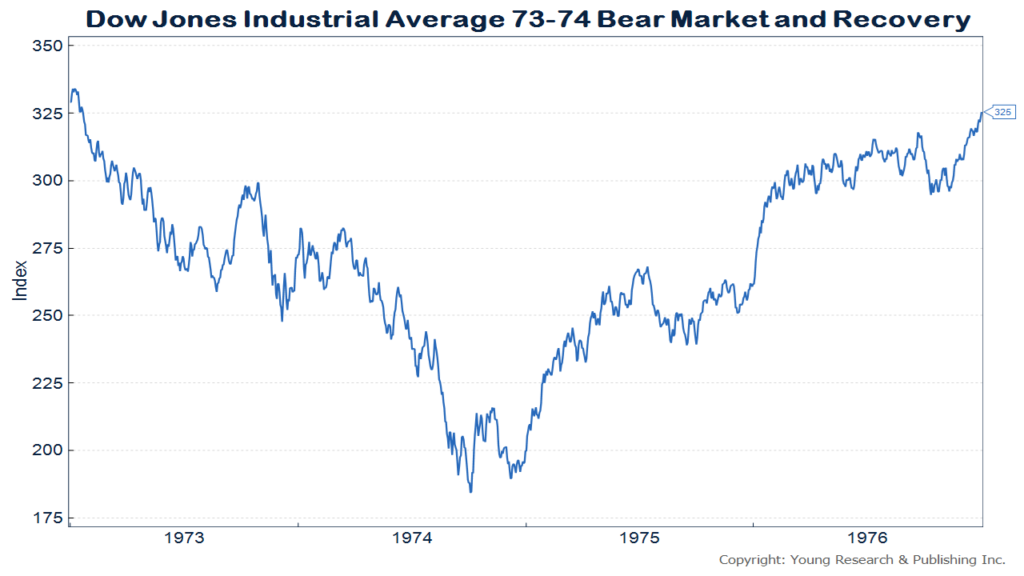What great news for me and for you if you are actually an investor. I mean a real, seasoned investor. One who embraces common sense, patience and the acuity that comes with decades studying the power of consistent cash flow matched with the most powerful word in investing: compounding.
My business is, as are my own portfolios, based on exactly these concepts. Market volatility has zero to do with dividends, interest (the source of cash flow), or compounding. Absolutely zero.
In that I have no plans to sell my major holdings (many owned for decades), I am not concerned about short-term market swings. What does cause me to pay close attention is the potential opportunity to invest my regular cash flow more advantageously than during periods of market buoyancy. That’s just common sense, is it not?
So, let’s look at some of the information I urge my clients to use to make steady, long-term investing decisions. Linked here is intelligence you can actually use to improve your long-term investment acuity.
The Young’s World Money Forecast (my online home base for intelligence gathering) display looks at 10 blue-chip long time Dow dividend payers with solid dividend growth prospects. Keep this invaluable little menu at hand for regular reference during periods of opportunity brought about by normal and expected short-term financial markets volatility.
Warm regards,
Dick

 Breaking news at
Breaking news at  I have been investing since the spring of 1964, and I do not remember being as uncomfortable with the health of the financial markets as I am today. Given that unpleasant prelude, I also want to advise all investors that my own investing position has not changed since I began investing 53 years ago.
I have been investing since the spring of 1964, and I do not remember being as uncomfortable with the health of the financial markets as I am today. Given that unpleasant prelude, I also want to advise all investors that my own investing position has not changed since I began investing 53 years ago.